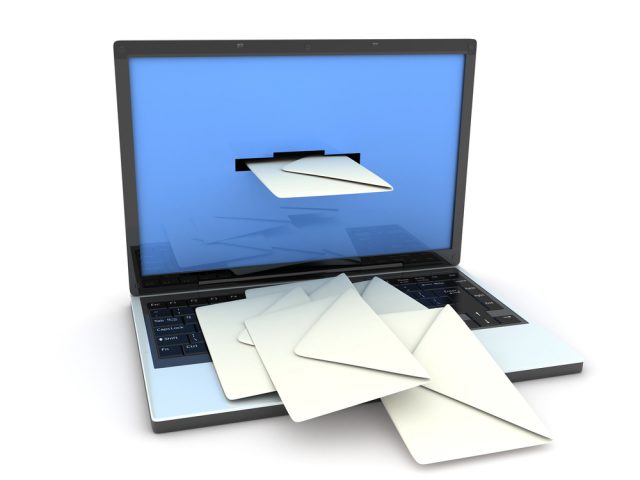It’s strange to think that email is still such an important tool for marketers, and in fact business people of all types, when there is so much technology at our fingertips now.
Getting started
Define your audience. Make sure you understand who you are sending emails to and what type of content they are likely to be receptive to.
Split your email list into targeted segments so you can deliver content to a more specific audience. This is likely to be more effective than blanket-emailing everyone on your contacts list.
Always get permission from people before adding them to your email list. Preferably use a double opt-in system.
Read up on how to avoid spam filters. Your email marketing client should have some specific advice on this. Refer to it every time you send an email.
Invite people to sign up to your email list. There are tons of ways to do this, but one approach is to ask people during the checkout process. You could use a popup, but be careful not to annoy people.
Offer people something in return for signing up. Why should anyone care what you’ve got to say? There has to be something in it for them, such as exclusive content or offers. Or at least the promise of genuinely useful information.
Promote your email newsletter on social media by asking followers to sign up.
Don’t buy email lists from some dodgy data company. If you want to get in front of a specific audience you’re better off asking to be included in an already established newsletter in your industry.
Content
Tailor your content to a specific audience for the best chance of engagement. Segmenting your email list helps with this.
Make it personal. This doesn’t mean you have to tailor your email to every individual recipient, but try to write it as if you were only sending it to one person.
Be human. People are more likely to care about what you’re saying if you use everyday language. If you talk like a soulless corporate robot they’re likely to switch off very quickly.
Play to people’s emotions. If you can invoke an emotional reaction in people they are far more likely to engage with your content.
Always include a call to action. Of course you want people to enjoy reading your email, but don’t forget the end game: you want them to do something as a result.
Use imagery. This breaks up the email nicely and makes it more visually appealing.
Don’t use people’s names too often. A bit of personalization is fine, but if you overdo it it’s just a little bit creepy.
Make sure your emails are properly branded. Or ‘on brand’ if you want to use marketing speak. Again this may seem obvious, but you want your emails to fit with the rest of your content and be immediately recognizable as coming from your business.
Link to your social media accounts. If people enjoy your email content they may well be interested in what you’ve got to say elsewhere.
Make sure the content is mobile-friendly. This is becoming increasingly important as many people (myself included) prefer to read emails on their phone.
Ask for feedback, particularly if you’re just starting out or it’s a new campaign. It can be a great way to fine-tune your email marketing efforts based on what your customers actually want.
Sending
Proofread every email before it goes out. This should preferably be done by someone who wasn’t involved in writing it. Always send a test email first to make sure everything is working as it should be, and to catch any mistakes you might have missed.
Send regular emails. We send out a ‘Daily Pulse’ newsletter, for example, with links to our latest blog posts. But depending on your audience you might want to update people weekly or monthly.
Be consistent. If you are going to have a weekly newsletter then make sure it really does go out every week. If people are waiting for it it’s not going to look good when it doesn’t show up.
Don’t overdo it on the frequency. How often you send an email out will depend on the audience and type of content. Just make sure people don’t feel bombarded.
Managing your subscribers
Send a welcome email to every new subscriber. Thank them. It’s polite, but it also means there’s no discrepancy as to whether they’ve signed up or not.







